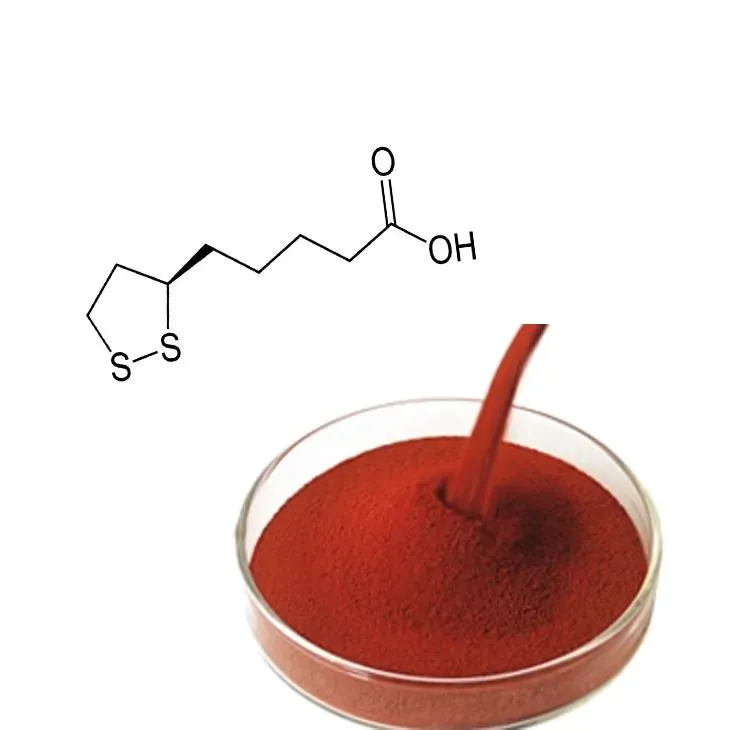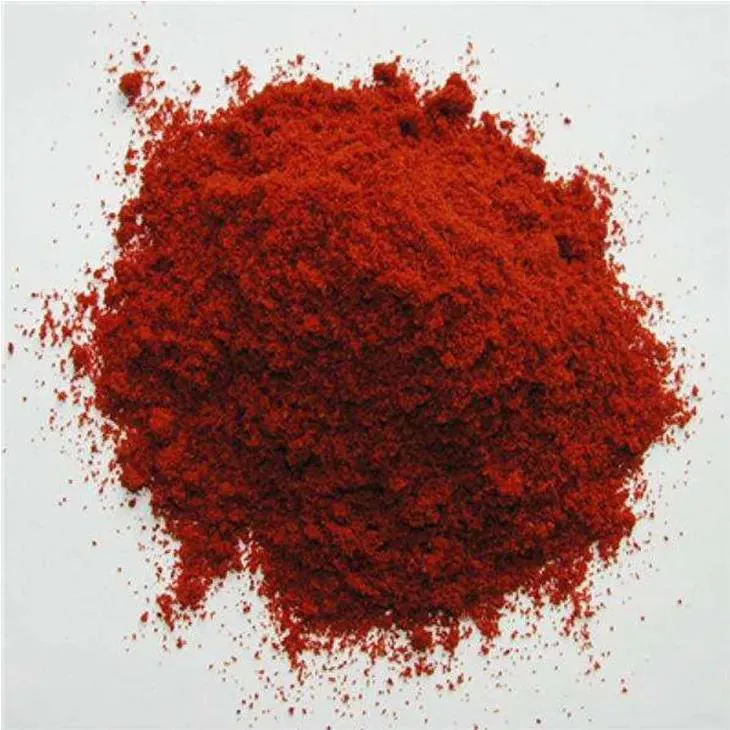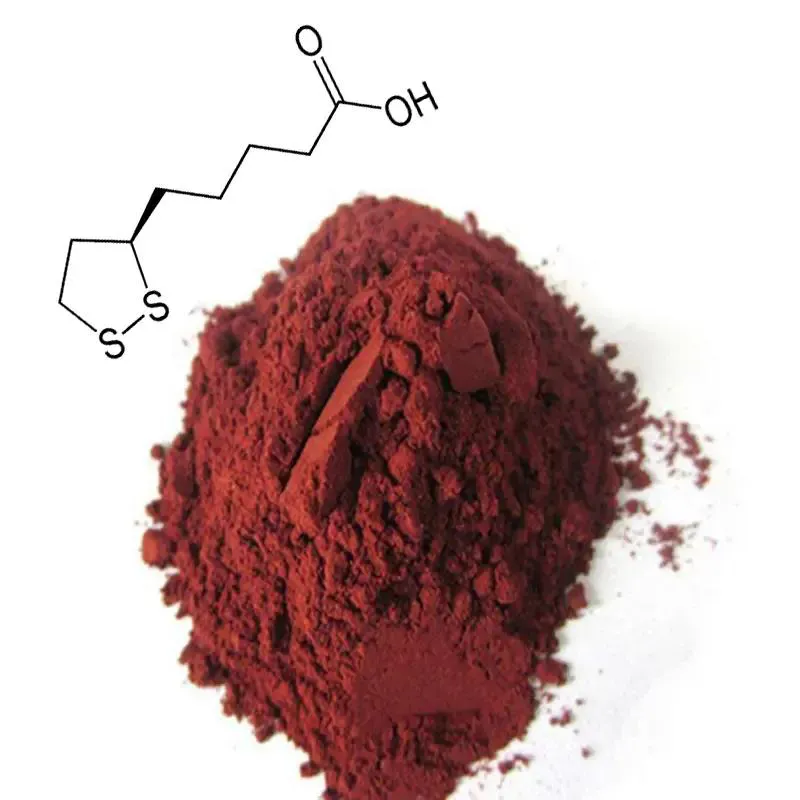- 0086-571-85302990
- sales@greenskybio.com
Astaxanthin Suppliers
2024-11-27

1. Introduction to Astaxanthin Suppliers
Astaxanthin suppliers play a crucial role in the entire Astaxanthin supply chain. They are involved in multiple processes, starting from the initial production all the way to the final distribution. Their significance cannot be overstated as they are the link between the producers of astaxanthin and the various industries and consumers who use it.

2. Product Forms Offered by Suppliers
A high - quality astaxanthin supplier should have the ability to offer astaxanthin in different forms. These forms are designed to meet the diverse needs of different end - uses:
2.1 Powders
Powdered astaxanthin is a popular form. It can be easily incorporated into various products. For example, in the food industry, it can be added to powdered supplements or used in the formulation of certain functional foods. The powder form also allows for precise dosing, which is important in applications where specific amounts of astaxanthin are required.
2.2 Oils
Astaxanthin in oil form has its own set of advantages. In the cosmetics industry, oil - based astaxanthin can be blended well with other oils and ingredients used in skincare products. It is also a convenient form for those who prefer to take astaxanthin as a dietary supplement in an oil - based format. The oil can act as a carrier, enhancing the absorption of astaxanthin in the body.
2.3 Capsules
Capsules are perhaps the most common form for consumers to take astaxanthin. Suppliers package astaxanthin in capsules to provide a convenient and pre - measured dose. This form is highly popular in the health supplement market as it is easy for consumers to incorporate into their daily routine. Capsules also protect the astaxanthin from environmental factors such as air and moisture, which could potentially degrade its quality.

3. Production Methods of Astaxanthin by Suppliers
When it comes to production, different suppliers may adopt different methods. One of the prominent methods is biotechnology:
3.1 Biotechnology in Astaxanthin Production
Many suppliers rely on biotechnology to produce astaxanthin in large quantities while ensuring its quality. Through biotechnological processes, specific microorganisms can be cultured to produce astaxanthin. This method offers several benefits. Firstly, it allows for a more controlled production environment, reducing the variability that may be associated with natural sources. Secondly, it can be scaled up more easily compared to some traditional extraction methods, enabling suppliers to meet the growing market demand. For example, certain genetically modified microalgae can be engineered to produce high - yields of astaxanthin. These microalgae can be grown in large - scale bioreactors, providing a consistent source of astaxanthin.

4. Product Information Provided by Suppliers
Good astaxanthin suppliers are required to provide comprehensive product information. This information is essential for the end - users to make informed decisions:
4.1 Source of Astaxanthin
The source of astaxanthin is an important aspect. Suppliers should clearly state whether the astaxanthin is sourced from natural sources such as microalgae, krill, or if it is produced synthetically. Different sources may have different properties and quality profiles. For instance, astaxanthin sourced from microalgae is often considered a sustainable and clean source, while krill - sourced astaxanthin may have additional nutrients associated with krill.
4.2 Extraction Method
The extraction method used also affects the quality of astaxanthin. Suppliers should disclose how they extract astaxanthin from its source. Common extraction methods include solvent extraction and supercritical fluid extraction. Solvent extraction may use organic solvents, and it is important to ensure that no harmful residues are left in the final product. Supercritical fluid extraction, on the other hand, is a more advanced method that can produce a purer form of astaxanthin with less environmental impact.
4.3 Quality Certificates
Quality certificates are a must for astaxanthin products. Suppliers should be able to provide certificates such as Good Manufacturing Practice (GMP) certificates, which ensure that the production processes meet certain quality and safety standards. Additionally, certificates related to the purity and potency of astaxanthin, such as HPLC (High - Performance Liquid Chromatography) analysis results, should also be provided. These certificates give confidence to the end - users, whether they are in the food, cosmetics, or pharmaceutical industries.
5. Role of Astaxanthin Suppliers in Different Industries
Astaxanthin suppliers contribute significantly to different industries:
5.1 In the Cosmetics Field
In the cosmetics field, astaxanthin has gained popularity due to its antioxidant properties. Suppliers play a vital role in the development of anti - aging and skin - enhancing products. Astaxanthin can help protect the skin from oxidative stress, which is one of the main causes of skin aging. It can also improve skin elasticity and reduce the appearance of wrinkles. Suppliers work with cosmetics manufacturers to ensure that the astaxanthin they provide is of the appropriate quality and form for use in skincare products. For example, they may provide astaxanthin in a form that is easily absorbed by the skin, such as nano - emulsions or liposomes.
5.2 In the Food Supplement Market
In the food supplement market, astaxanthin is highly sought after for its potential health - promoting properties. It is known for its antioxidant, anti - inflammatory, and immune - boosting effects. Suppliers in this market need to ensure that their astaxanthin products are safe, pure, and effective. They also need to keep up with the regulatory requirements of different countries regarding food supplements. For instance, in some countries, there may be specific limits on the amount of astaxanthin that can be included in a dietary supplement. Suppliers must adhere to these regulations while still providing a product that meets the consumers' expectations for health benefits.
6. Keeping Up with Scientific Research
Astaxanthin suppliers need to stay updated with the latest scientific research. This is essential for several reasons:
6.1 Product Improvement
New research may uncover new properties or benefits of astaxanthin. Suppliers can use this knowledge to improve their products. For example, if research shows that a certain form of astaxanthin has better bioavailability, suppliers can focus on producing and promoting that form. They can also invest in research and development to enhance the quality and effectiveness of their astaxanthin products.
6.2 Meeting Market Demands
The market demands for astaxanthin are constantly changing. As more scientific research is published, consumers become more informed and may demand different types of astaxanthin products. For instance, if research indicates that astaxanthin has potential applications in a new area such as sports nutrition, suppliers need to be able to adapt and offer products that target this new market segment. By keeping up with scientific research, suppliers can anticipate these changes and be better prepared to meet the evolving market demands.
7. Conclusion
In conclusion, astaxanthin suppliers are at the core of the astaxanthin supply chain. They are responsible for providing a variety of product forms, using reliable production methods, providing detailed product information, contributing to different industries, and keeping up with scientific research. Their role is multi - faceted and essential for the growth and development of the astaxanthin market. As the demand for astaxanthin continues to increase in various sectors such as cosmetics, food supplements, and potentially new areas in the future, the importance of high - quality astaxanthin suppliers will only become more pronounced.
FAQ:
What are the main forms of astaxanthin that suppliers can offer?
Suppliers can offer different forms of astaxanthin such as powders, oils, and capsules to meet various end - uses.
How do some astaxanthin suppliers produce astaxanthin?
Some suppliers rely on biotechnology to produce astaxanthin in large quantities while maintaining its quality.
What kind of product information should astaxanthin suppliers provide?
They are required to provide detailed product information, including the source, extraction method, and quality certificates.
What role do astaxanthin suppliers play in the cosmetics field?
In the cosmetics field, astaxanthin suppliers contribute to the development of anti - aging and skin - enhancing products.
Why are astaxanthin suppliers' products popular in the food supplement market?
In the food supplement market, their products are sought after for their potential health - promoting properties.
Related literature
- Astaxanthin: Sources, Extraction, Stability, Biological Activities and Its Commercial Applications: A Review"
- "Production of Astaxanthin by Microbial Fermentation: Current State and Perspectives"
- ▶ Hesperidin
- ▶ Citrus Bioflavonoids
- ▶ Plant Extract
- ▶ lycopene
- ▶ Diosmin
- ▶ Grape seed extract
- ▶ Sea buckthorn Juice Powder
- ▶ Fruit Juice Powder
- ▶ Hops Extract
- ▶ Artichoke Extract
- ▶ Mushroom extract
- ▶ Astaxanthin
- ▶ Green Tea Extract
- ▶ Curcumin
- ▶ Horse Chestnut Extract
- ▶ Other Product
- ▶ Boswellia Serrata Extract
- ▶ Resveratrol
- ▶ Marigold Extract
- ▶ Grape Leaf Extract
- ▶ New Product
- ▶ Aminolevulinic acid
- ▶ Cranberry Extract
- ▶ Red Yeast Rice
- ▶ Red Wine Extract
-
Grapefruit Seed Extract Powder
2024-11-27
-
Mulberry leaf Extract
2024-11-27
-
Genistein
2024-11-27
-
Acai Berry Extract
2024-11-27
-
Clove Powder
2024-11-27
-
Pine bark Extract Powder
2024-11-27
-
Chasteberry Extract
2024-11-27
-
Alisma Extract
2024-11-27
-
Red Date Extract
2024-11-27
-
Red Vine Extract
2024-11-27





















